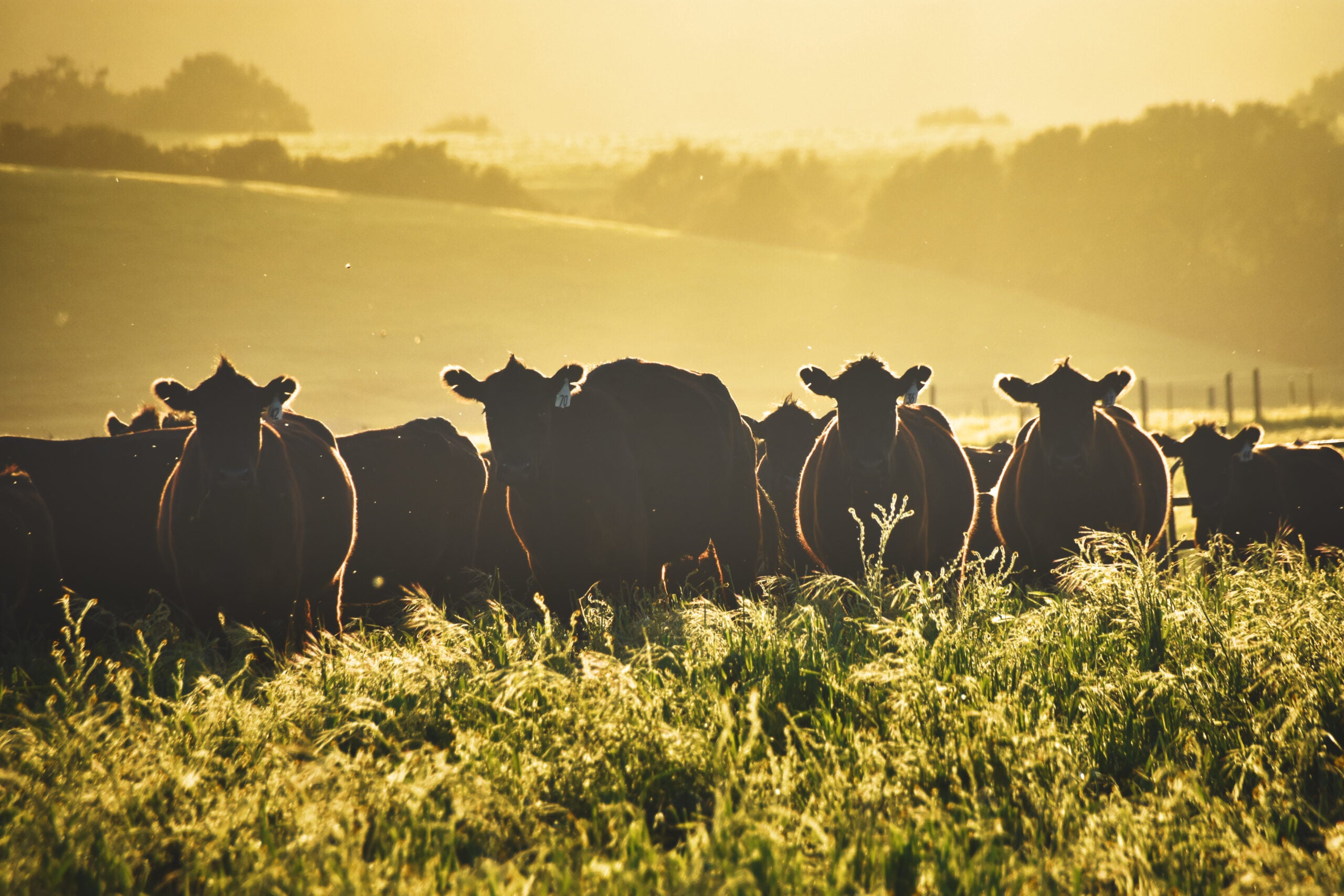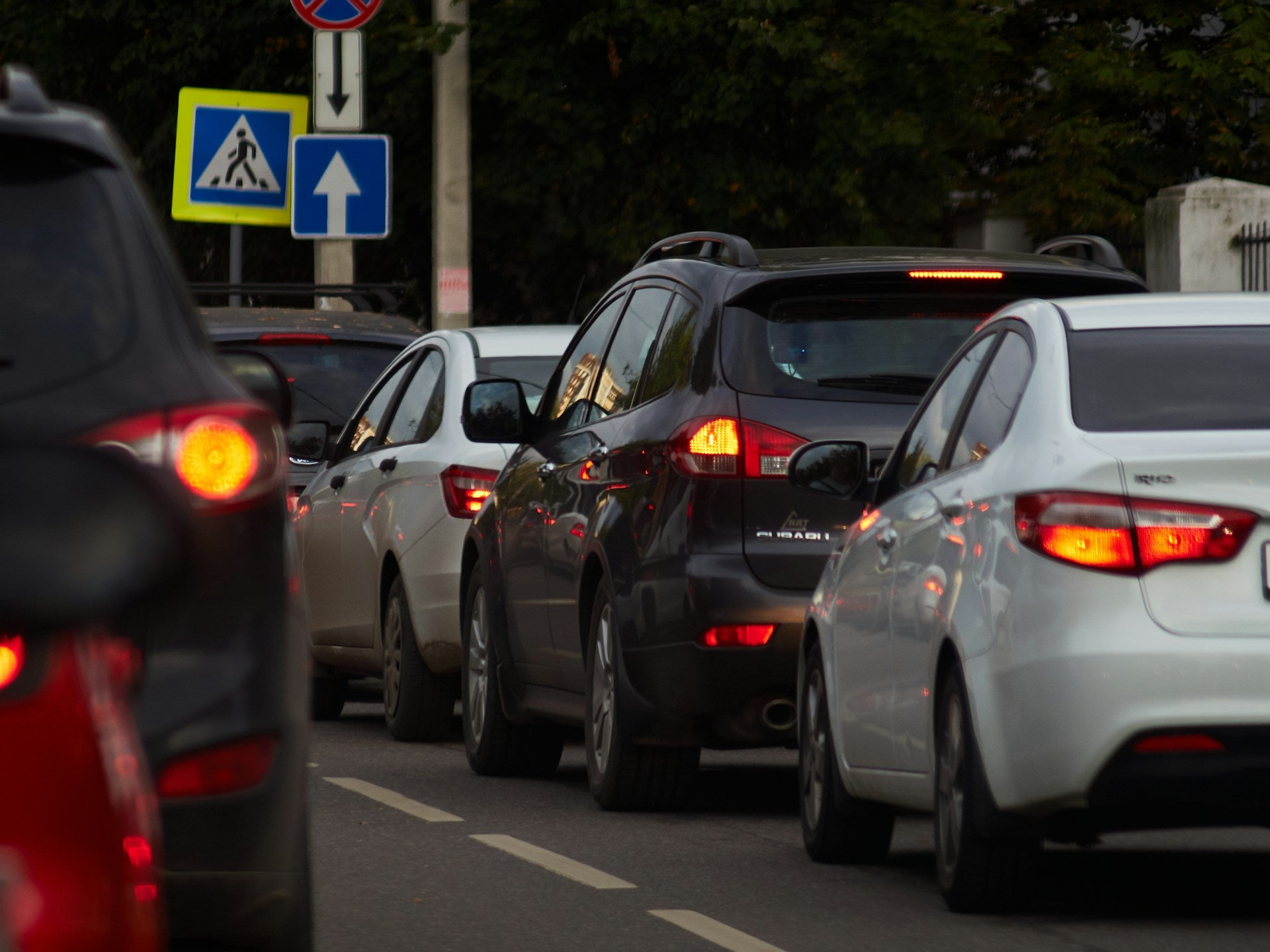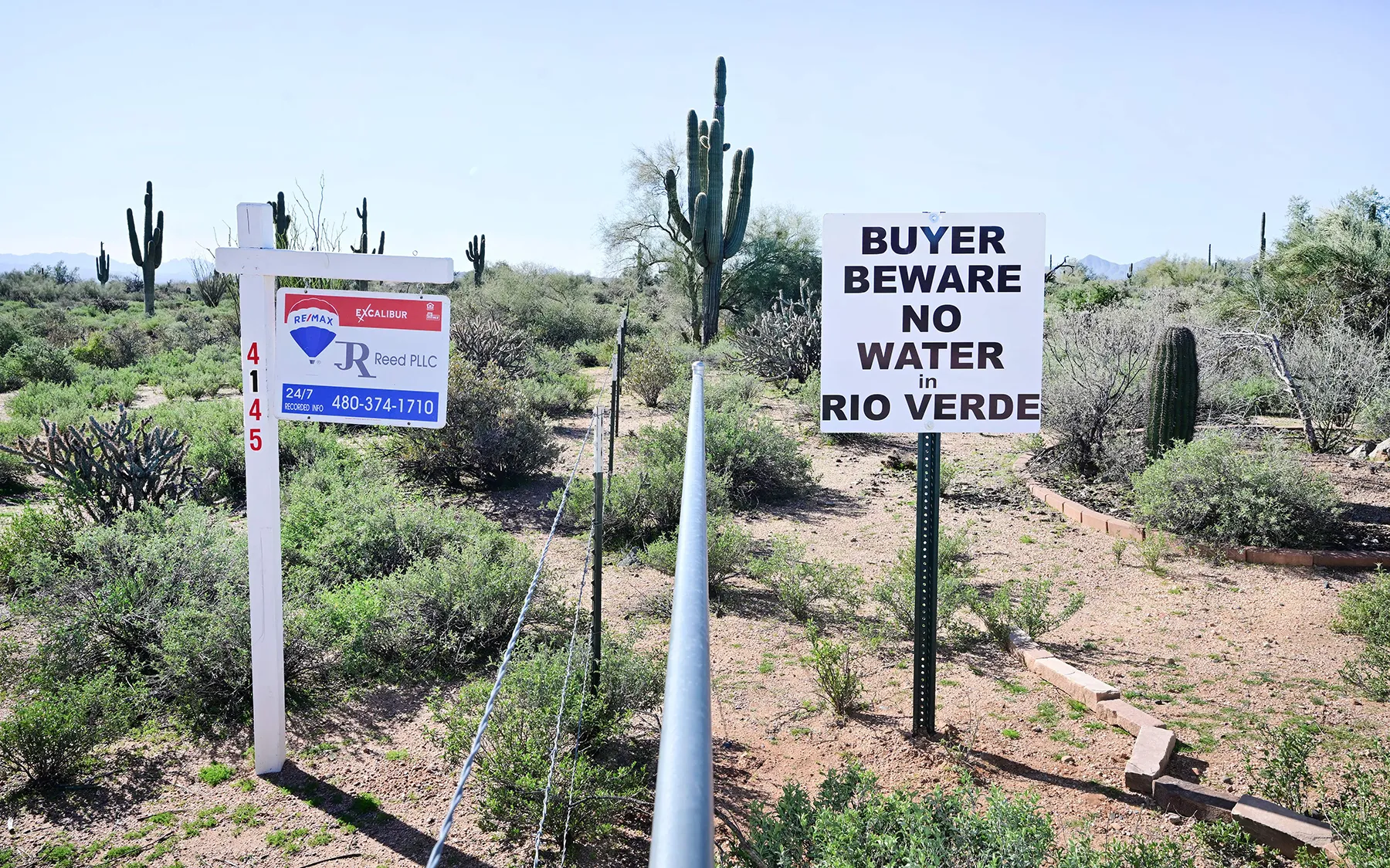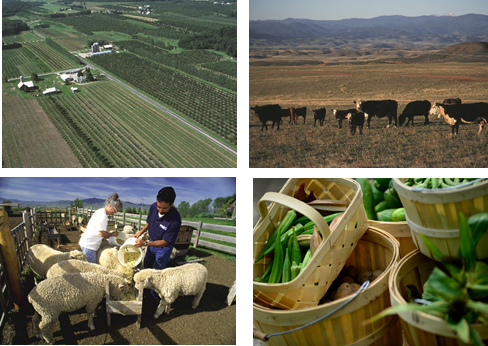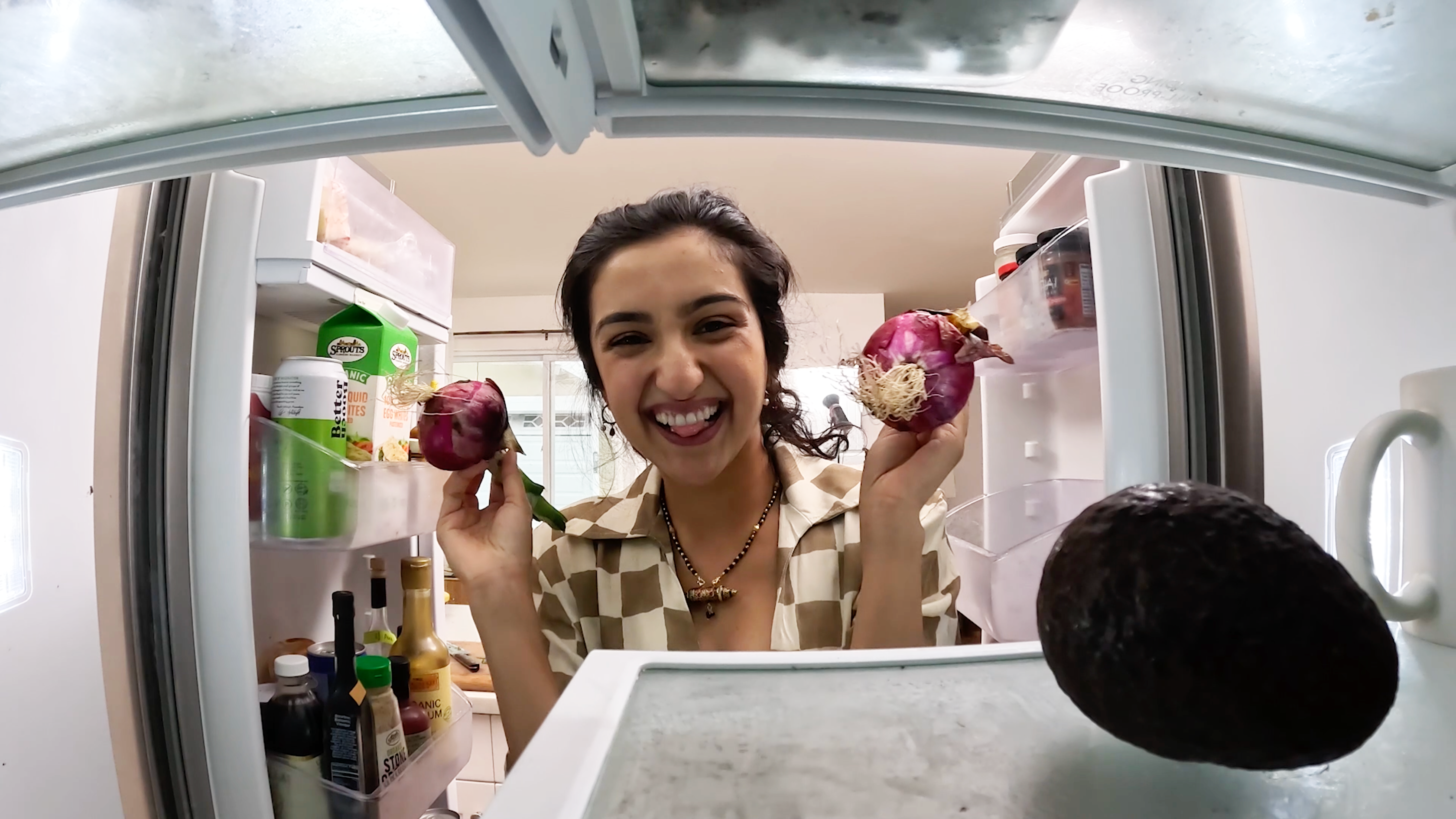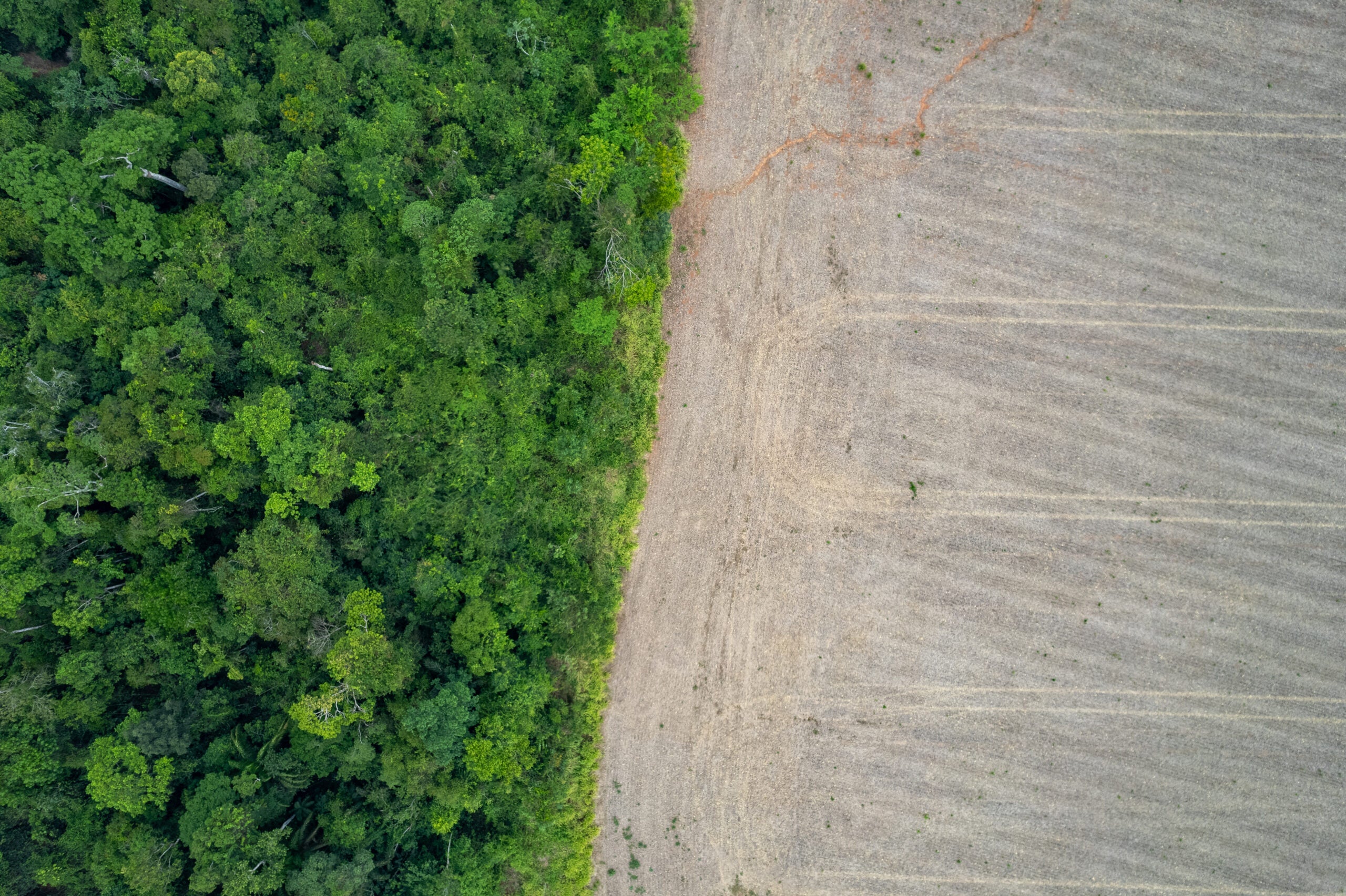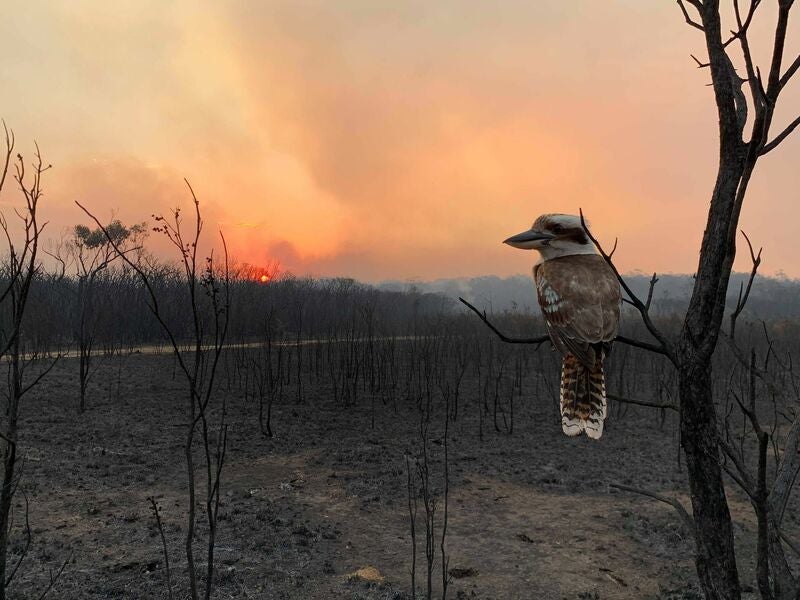Re:wild Your Fridge | United States Case Study
How large-scale animal agriculture is shaping America’s landscapes, water use, and wildlife — and why it’s time to rethink what’s in our fridge.
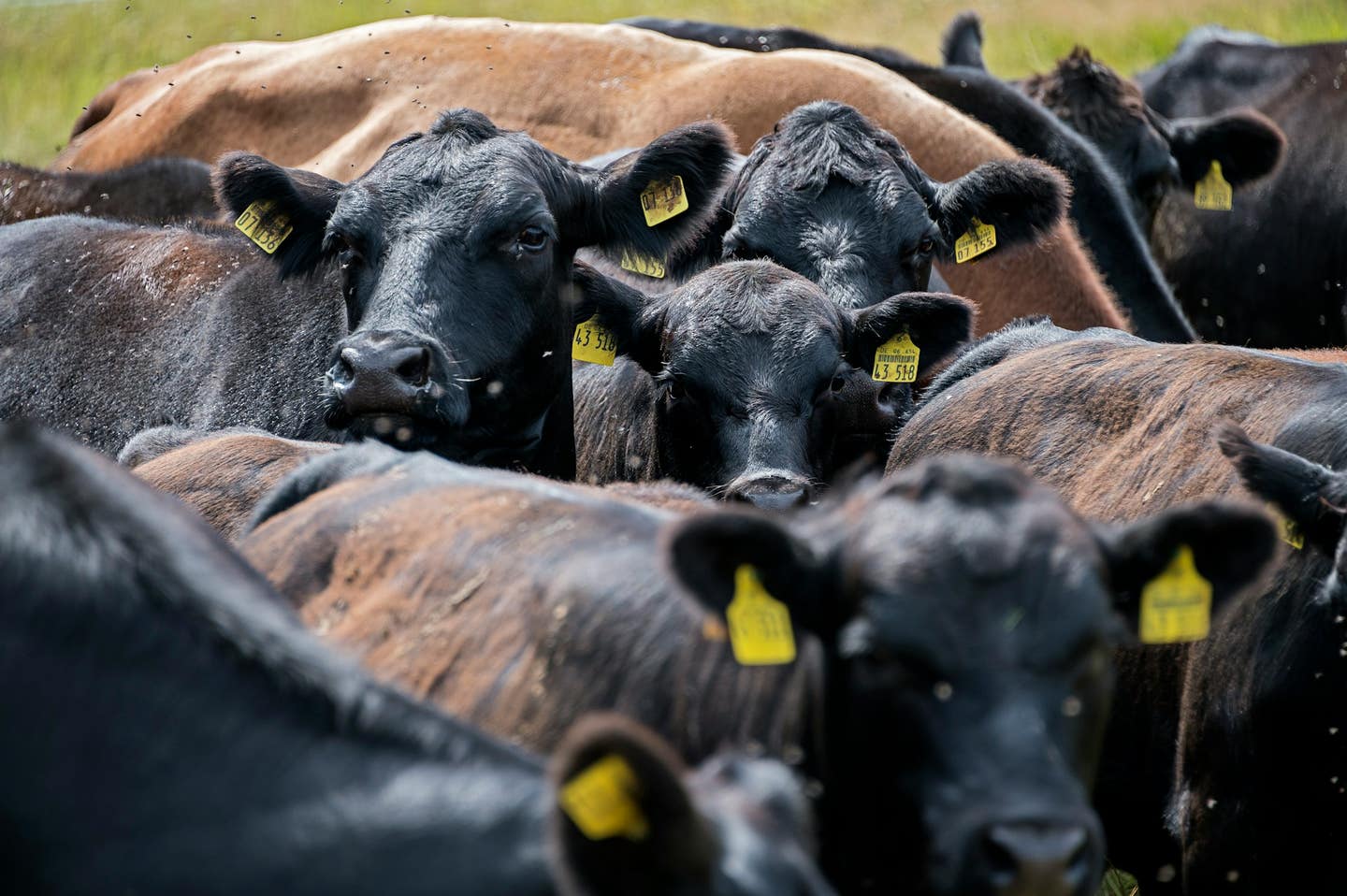
The Scale of America’s Livestock Industry
In 2021 alone, Americans ate over 20 billion pounds of beef.
If Americans cut their beef consumption by 90% – and other animal products by 50% – the reduction in emissions would be the equivalent of taking every car off the road in the United States, and another 200 million cars off the roads in other countries, for a year.

